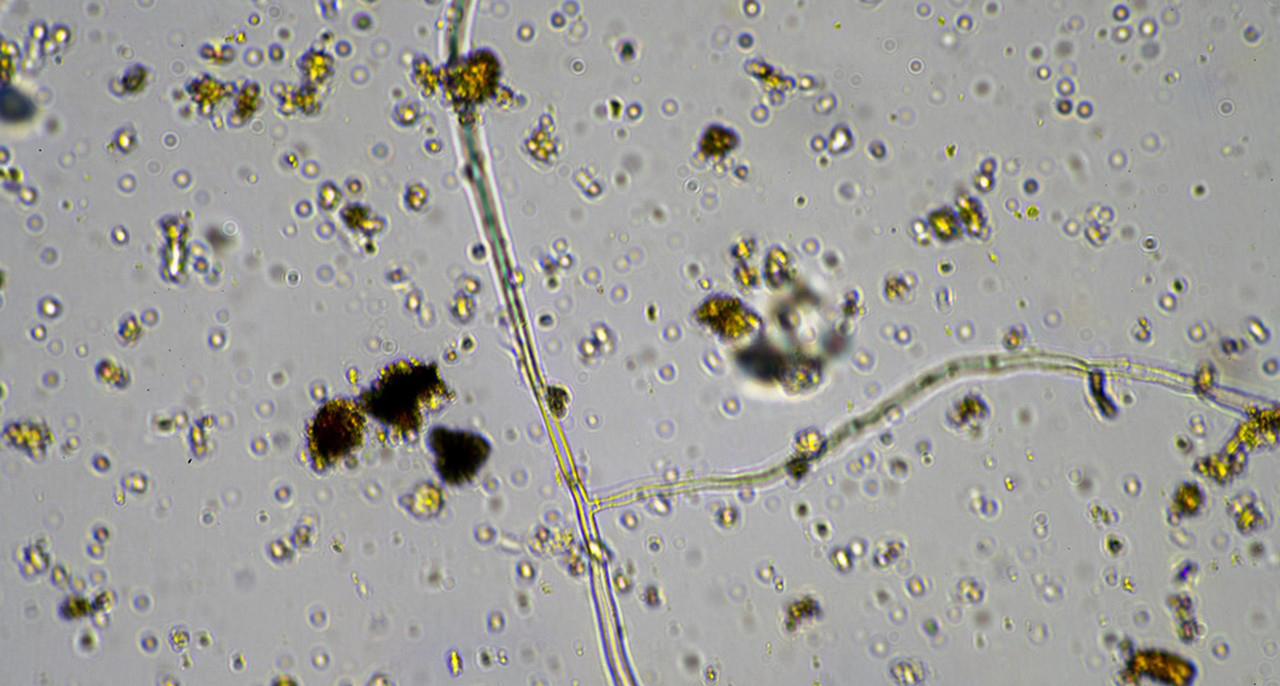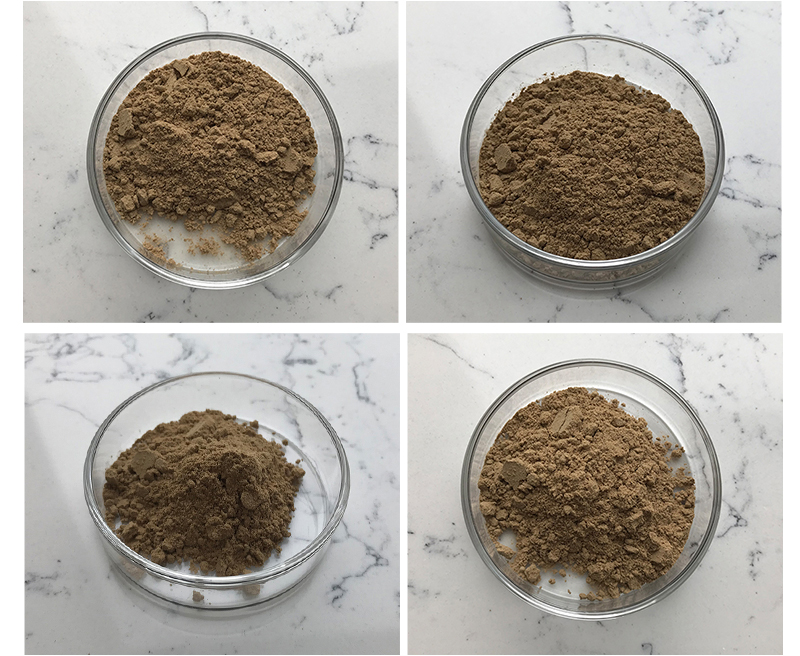Bacillus pumilus is a soil bacterium known for its ability to produce various enzymes and metabolites. Here’s a general method for cultivating Bacillus pumilus:
Materials Needed
- Nutrient agar or specific medium for Bacillus spp.
- Sterile petri dishes
- Incubator
- Inoculating loop or sterile swabs
- Sterile water or saline

Cultivation Steps
1.Preparation of Medium:
- Use nutrient agar or a specific medium suitable for Bacillus spp. (e.g., Tryptic Soy Agar). Ensure the medium is sterilized by autoclaving.
2.Inoculation:
- If using a pure culture, take a loopful of Bacillus pumilus from a stock culture. If starting from environmental samples, you may dilute the sample in sterile water and use a loop or swab to transfer it to the agar.
3.Agar Plate:
- Streak the inoculum onto the surface of the agar plate using an inoculating loop in a zigzag pattern to ensure even distribution.
4.Incubation:
- Incubate the plates at 30-37°C for 24-48 hours, depending on growth conditions. Bacillus pumilus typically forms colonies within this time frame.
5.Observation:
- After incubation, observe the plates for characteristic colony morphology. Bacillus pumilus colonies are usually circular, raised, and may appear white to cream-colored.
6.Storage:
- For long-term storage, consider storing the culture in glycerol at -80°C or on agar slants in the refrigerator.

Additional Tips
- Ensure aseptic techniques to avoid contamination.
- If working with specific strains, refer to the strain’s growth requirements, as some may have specific nutrient or temperature needs.
Always consult scientific literature for specific protocols tailored to your research or application.
